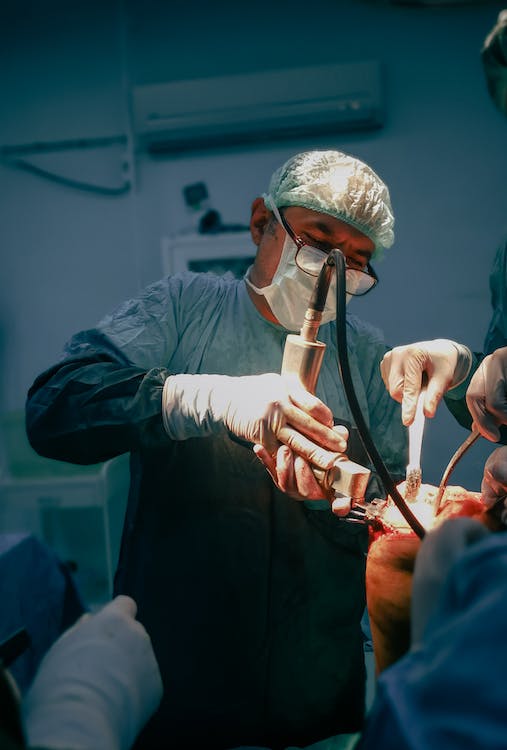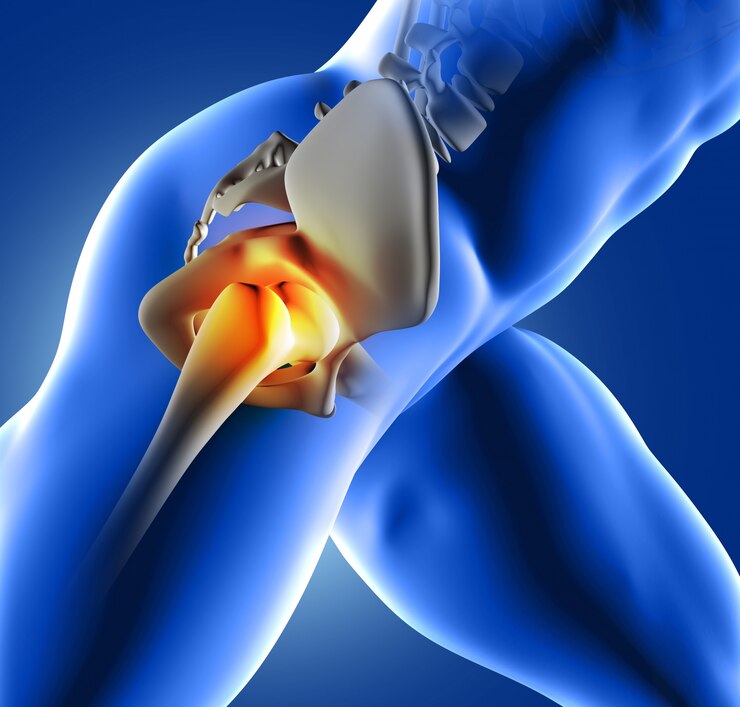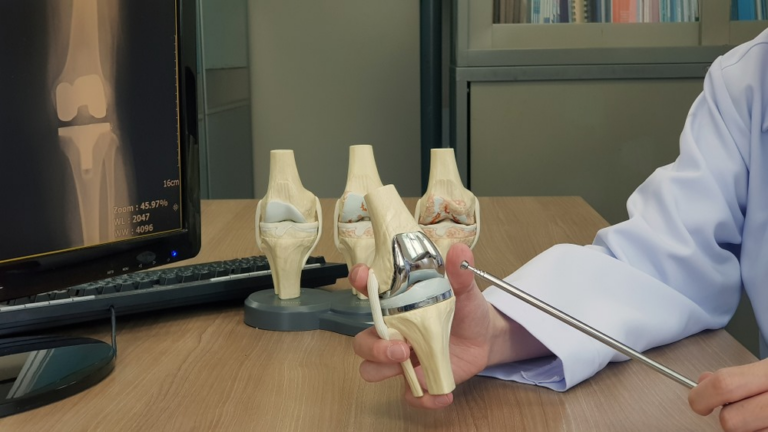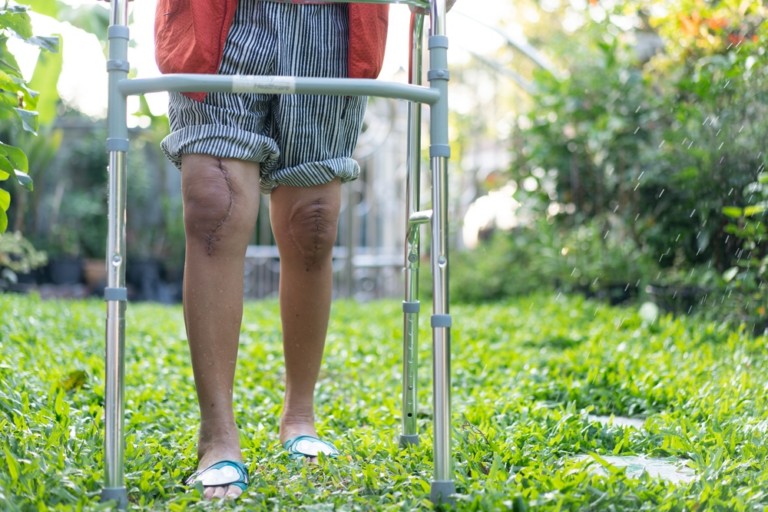Recovering from Shoulder Replacement: Tips and Timeline
When an individual experiences pain in their shoulder, shoulder replacement surgery may be the solution to the problem. Recovering from that surgery requires some intentional efforts which will accelerate the recovery time. Conditions like arthritis or tears in the rotator cuffs are common in people. In some cases, physical therapy and other forms of medication like steroid injections can help improve the condition; however, in some cases, the only permanent solution is surgery. Surgical intervention can provide long-lasting pain relief. A type of surgery called reverse shoulder replacement is an option for individuals with severe shoulder pain caused by conditions like arthritis.
What is shoulder replacement surgery?
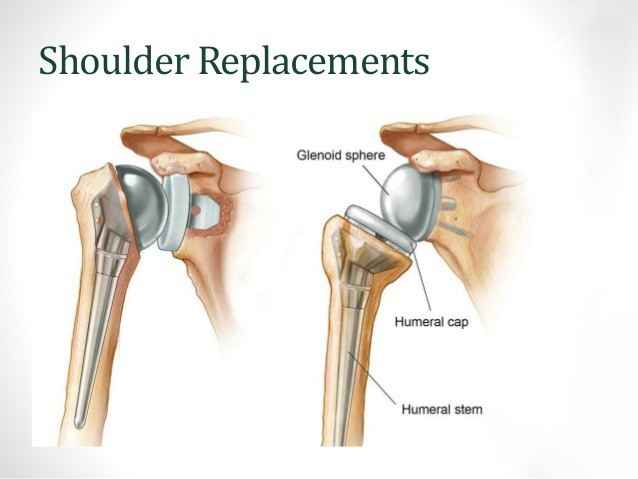
A shoulder replacement procedure is a surgery that aims to get rid of the source of pain or discomfort in a shoulder joint by replacing the damaged parts of that shoulder joint with artificial components which can be referred to as prostheses. Some of the most common causes or reasons for shoulder replacement surgery include:
- Avascular necrosis
- Rheumatoid arthritis
- Rotator cuff tear arthropathy
- Osteoarthritis
The procedure is aimed at eliminating pain, improving the range of motion of the shoulder, improving strength, and enabling the full use of the shoulder joint.
How common are shoulder replacement surgeries?
The procedure is quite common globally, especially in high-income countries; with more than 8,000 of the surgeries carried out in the UK each year and more than 70,000 in the USA.
What are the components of the prostheses?
The humeral ball is usually replaced with a metal ball, made from a special type of stainless steel. It is attached to a stem that is made usually from titanium. This helps keep the ball attached to the arm of the patient. The glenoid socket is replaced with a polyethylene cup.
What are the reasons for shoulder replacement surgery?
Shoulder replacement surgery is an option that is offered to patients that are suffering from joint problems. These problems could be caused by any of the above-listed conditions or trauma or fall leading to severe fracture of the joint. Replacement surgery is often a last resort when other types of therapy like medication and physical therapies have failed. An individual may be a candidate for replacement surgery in any of the following instances:
- When the pain in the shoulder is so severe that they do not sleep at night
- They have a loss of motion in their shoulder
- They have tried other forms of therapy to no avail, including medication, injections, and physical therapy
- The pain in the shoulder prevents them from carrying out every other activity
- They have had previous repair surgeries that failed to address the pain
What are the different types of replacement surgery?
There are four types of shoulder replacement surgery. The surgeon will advise you on the one to get during the consultation process. They include:
- Hemiarthroplasty – Only the ball and the stem are replaced in this procedure. The stem is connected to the ball and then articulated with the natural socket.
- Resurfacing hemiarthroplasty – This procedure involves replacing the humeral head’s joint surface without a stem. This is usually done with a cap-like prosthesis.
- Anatomic total shoulder replacement – The joint is totally replaced, and the glenoid socket with a plastic cup and a metal ball attached to a stem on the humerus.
- Seamless total shoulder arthroplasty – In this procedure, the metallic ball is attached to the upper arm bone without a stem. It is a more bone-preserving type of shoulder replacement arthroplasty.
- Reverse total shoulder replacement – This results in a complete reversal of the joint dynamics, with the metal ball being positioned where the glenoid socket was, and the plastic cup being transferred from the stem to the upper arm bone.

Preparing for the surgery
A full physical exam, an X-ray, and other imaging tests are carried out on an individual before they can get this type of surgery. The surgeon will then determine if the patient is fit for surgery and give them advice about the things they should drop like alcohol, smoking, etc. Patients are instructed not to eat or drink for at least 12 hours before their surgery. The procedure takes about 3 hours and is carried out under general anesthesia. The patient is also advised to get a live-in carer that will help out around the house for a few weeks after the surgery. The arm is pretty much immobilized, so if they do not have friends or relatives that can help, they are advised to move into a rehabilitation facility.
Recovery
The patient will usually be allowed to go home on the same day as the surgery was finished. There will be inflammation, pain, and swelling, especially as the anesthesia wears off. The doctor will prescribe drugs that will help in pain management. Home remedies like cold compresses can also help bring down the swelling. The arm will be in a brace after the surgery till the physical rehabilitation and therapy are started. The physical load will gradually be increased, which will help improve the working of the new joint.
What is the timeline for recovery after shoulder replacement surgery?
Depending on the patient and the procedure, the recovery time following shoulder replacement surgery can vary. Before beginning physical therapy, patients can anticipate lengthy hospital stays. To fully recover and regain normal shoulder function may take weeks to months. Adhere to the specified therapy to guarantee a successful recovery and avoid complications.
It is crucial not to rush any of the recovery stages. It may take weeks before the patient can pick up even the lightest load. The arm will also be in a sling for most of the recovery time, and it may be up to weeks or months before the patient can drive again. There will also be a lot of follow-up visits with the doctor so that they can properly assess how the recovery is going. Shoulder replacement surgery is very effective in providing pain relief when successful without any complications. Full recovery can take between 4 to 8 months and is usually accompanied by physical therapy sessions.
What type of physical therapy or exercises are recommended after shoulder replacement surgery?

Physical therapy is frequently advised following a shoulder replacement to speed up healing. Depending on the procedure and the patient’s demands, different exercises and therapy methods will be used. It is critical to adhere to the advice of your doctor and physical therapist to guarantee a speedy recovery and prevent complications.
When to call a doctor
If the patient is experiencing any problems or lingering pain after the surgery, they should immediately contact their surgeon. Any symptoms like: fever, redness, increased swelling, or change in the sensations in the arm after the wearing off of the anesthesia should also be promptly reported.
The information provided in this blog is for educational purposes only and should not be considered as medical advice. It is not intended to replace professional medical consultation, diagnosis, or treatment. Always consult with a qualified healthcare provider before making any decisions regarding your health. Read more


